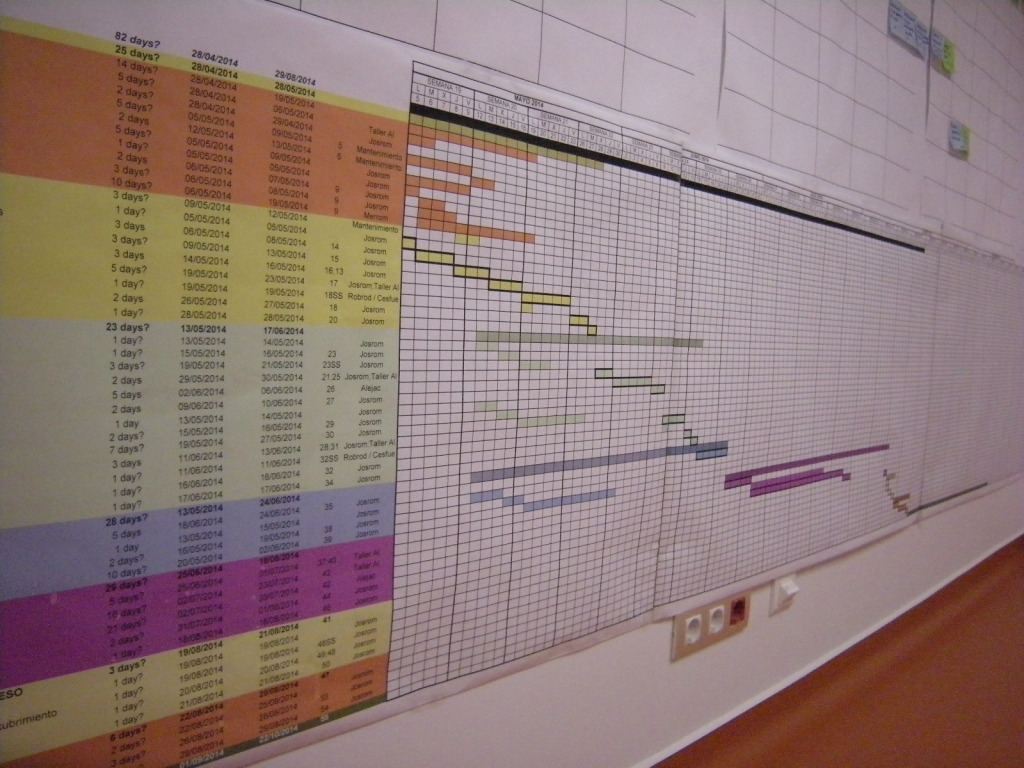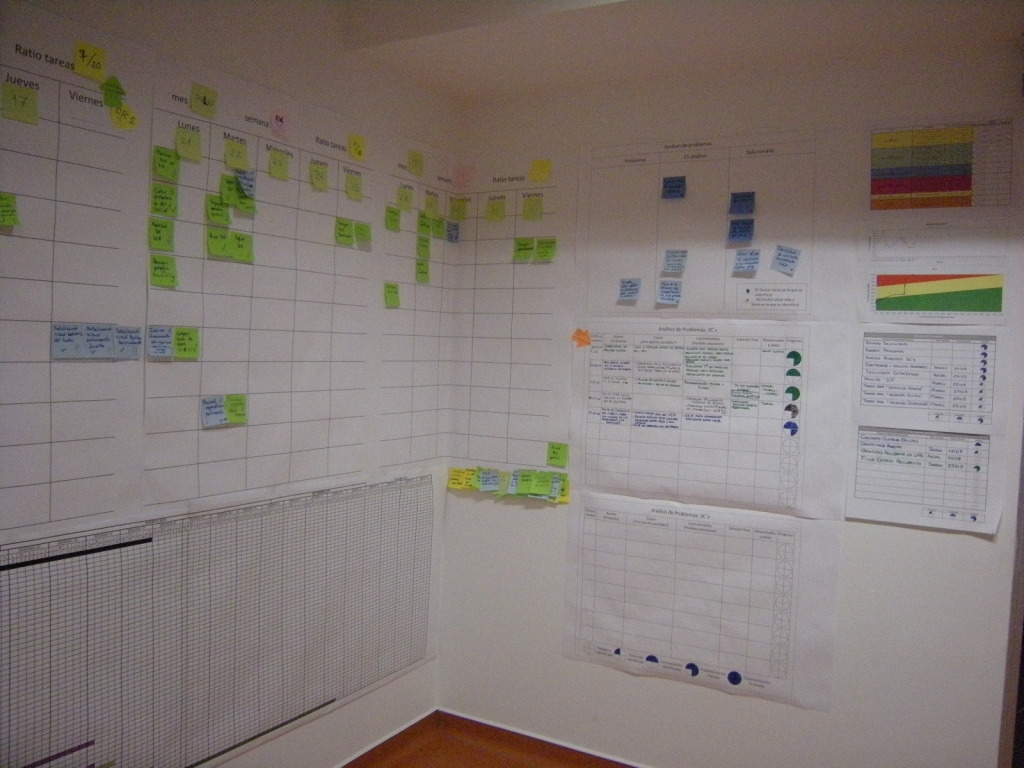CIDAUT is committed to continuously improve its processes, and its key process, the development of R&D projects could not be strange to it. In Lean philosophy we have found a way to achieve this goal, while enhancing the involvement and motivation of our people.
Lean is historically linked to the quality characteristics proposed by the Toyota Production System (TPS) and emphasizes mainly on operational efficiency and high quality in production.
Lean Project Management (LPM) is the application of Lean principles in the context of project management. LPM shares many principles in common with other lean concepts. The fundamental principle is based on creating more value with less «waste» by using Lean tools such as standardization, visual control, daily Kaizen, etc. LPM is not very different from traditional project management focusing in customer needs, processes and problems solving, but focuses on using agile methodologies which eliminate anything that does not add value to projects.
Our goal has always been to be more efficient managing our R&D projects, so we explored the Lean philosophy and its agile methodologies and made the decision to introduce LPM in our R&D projects. And so, we selected two pilot R&D projects on aluminium processing and both project teams were trained in LPM methodologies to learn the main concepts and tools.
For each of them, the whole team participated in the initial definition of the project which helped everyone to have complete information about objectives, project scope and deliverables of the work to be carried out. The initial A3 (Lean uses an A3 thinking method which establishes that all reports must fit into a DIN A3 size sheet) contains the limits of the project and is visible and accessible throughout the project lifetime.
The next step was the identification of the main milestones and the design of the project implementation. The planning based on deliverables facilitates the involvement of the team providing them with a clear vision of the work. This plan created a positive momentum in the team.
Afterwards, indicators were established to monitor the progress of the project and are reviewed in “kaizen meetings” held weekly. In these meetings, the kaizen leader reviews the planning with the team, updates the tasks to be performed along next two weeks, the state of the indicators (consumption of buffer and confidence curve) and identifies new standards that are necessary as well as problems to be discussed in parallel meetings.
The implementation of the full methodology is made through visual tools in a monitoring room, known as «Oobeya room». This allows everyone to check information on the progress of the project at any moment.
It has been a hard road. Lean methodology is simple to apply but it is necessary to overcome “resistance to change”. Resistance appears whenever we need changing the way we have always done things and generate new work habits. This was the most difficult issue to solve and we have had to overcome many related problems. However, it is important to note that the effort has been worthy as now we have a more cohesive and involved team with a single common goal.
Considering the good experience achieved in R&D projects, we are acquiring knowledge in other agile methodologies commonly applied in Software Development Projects as SCRUM and eXtreme Programming in order to apply them in this kind of work. We expect to get such good results as well as promise to let you know in future issues of this newsletter!



